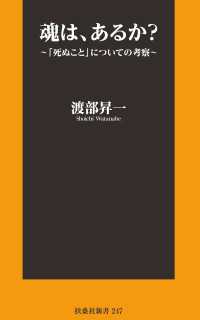Full Description
The lubok—a broadside or poster—played an important role in Russia's cultural history. Evolving as a medium for communication with a largely illiterate population, the popular prints were adapted to express political propaganda. Stephen Norris examines the use of such prints to stir patriotic fervor during times of war, from Napoleon's failed attempt at conquering Russia to Hitler's invasion.
Norris shows how visual images of patriotism and expressions of the Russian spirit changed over time, yet remained similar. The lubok produced during Russia's modern wars consistently featured the same key elements: the Russian peasant, the Cossack, and a representation of "the Russian spirit." When Russia was victorious, occasionally the tsar figured into the imagery; but by the beginning of the twentieth century, ethnic identity had replaced dynastic representations of Russian nationhood. After the Revolutions of 1917, Bolshevik and Soviet leaders appropriated the traditional elements of the wartime lubok to promote their vision of the new socialist state.
The political power of lubok imagery did not end with the Bolsheviks' adaptations. During World War II, political posters similar to those of the tsarist era reemerged to express and to reinforce Russia's culture of patriotism and strength.
Amply illustrated, A War of Images is the first comprehensive study of how popular prints helped to construct national identity in Russia over a period of more than a century. Readers interested in Russian art, history, and culture will find its insights intriguing.
Contents
Table of Contents
Illustrations
Preface
1. The Lubok and Russian Visual Nationhood: Introduction
2. Images of 1812: The Patriotic War in Russian Culture
3. Regulating Wartime Culture: Government, Laws, Censorship
4. Consolidating Wartime Culture: Images of Crimea, 1853-1856
5. Depicting the Holy War: Images of the Russo-Turkish War, 1877-1878
6. Illustrating the Racial War: Images from the Russo-Japanese War, 1904-1905
7. The Great War in Russian Imagery, 1914-1917
8. The Wartime Lubok and Soviet Visual Culture
9. Wartime Culture and Russian National Identity: Conclusion
Notes
Bibliography
Index








